Of course there was a Great House at allington. How otherwise should there have been a Small House?
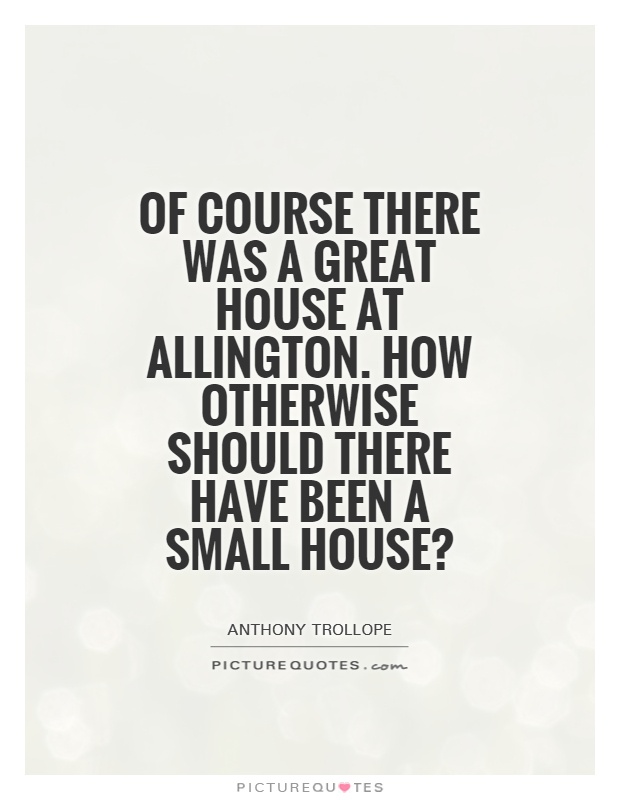
Of course there was a Great House at allington. How otherwise should there have been a Small House?
In Anthony Trollope's novel "The Small House at Allington," the opening line, "Of course there was a Great House at Allington. How otherwise should there have been a Small House?" sets the stage for the complex relationships and social dynamics that will unfold throughout the story. The Great House, inhabited by the wealthy and influential De Courcy family, stands in stark contrast to the Small House, home to the humble and hardworking Dale family.The Great House at Allington represents power, privilege, and social status. It is a symbol of wealth and prestige, a place where the elite gather to socialize and make important decisions. The De Courcy family, with their connections to high society and their lavish lifestyle, are the epitome of aristocratic privilege. They are accustomed to having their way and expect to be treated with deference and respect.
On the other hand, the Small House at Allington is a modest dwelling, inhabited by the Dales, a family of modest means. They work hard to make ends meet and take pride in their simple way of life. Despite their lack of wealth and social status, the Dales are a close-knit and loving family, bound together by their shared values and sense of community.
The juxtaposition of the Great House and the Small House at Allington highlights the stark divisions that exist within society. Trollope uses these contrasting settings to explore themes of class, power, and privilege. The Great House represents the entrenched social hierarchy, where wealth and status determine one's place in the world. The Small House, on the other hand, represents the struggles of the working class, who must navigate a world that is often stacked against them.
Throughout the novel, Trollope delves into the lives of the characters who inhabit these two houses, exploring the ways in which their fates are intertwined. As the story unfolds, we see how the relationships between the De Courcy and Dale families are shaped by their respective positions in society. Ultimately, Trollope's exploration of the Great House and the Small House at Allington serves as a powerful commentary on the complexities of class and privilege in Victorian England.




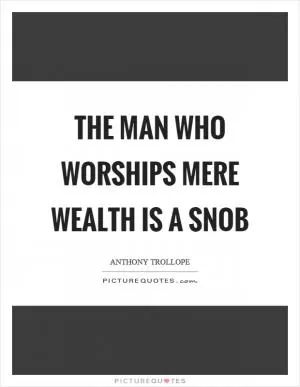

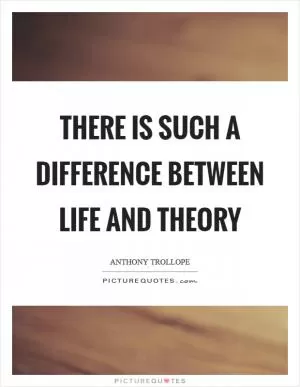


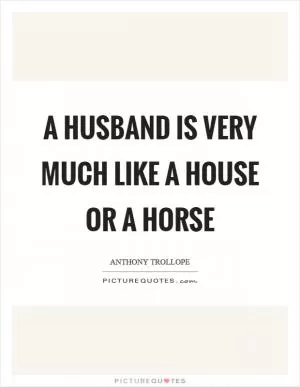
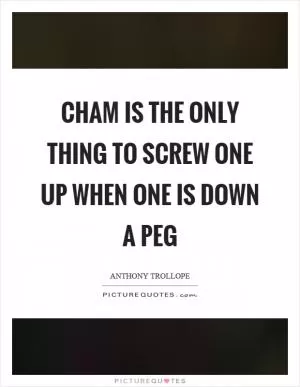

 Friendship Quotes
Friendship Quotes Love Quotes
Love Quotes Life Quotes
Life Quotes Funny Quotes
Funny Quotes Motivational Quotes
Motivational Quotes Inspirational Quotes
Inspirational Quotes